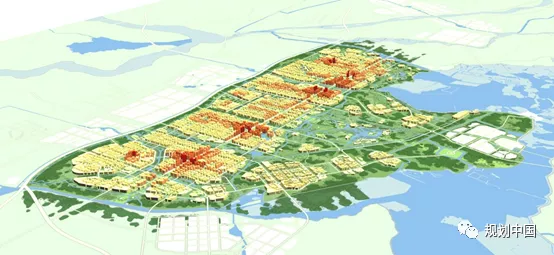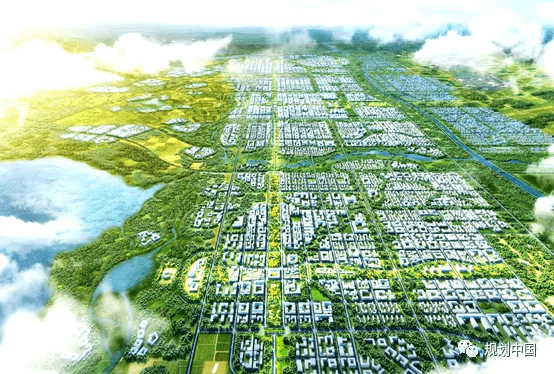Zhu Ziyu: Planning Practice with Xiongan Guided by New Development Concept
(Time-Honored City Started A New Step - CAUPD Serves the Construction of Xiongan New Area)
(Time-Honored City Started A New Step - CAUPD Serves the Construction of Xiongan New Area)


Project classification:
Urban & Rural Planning
Person in charge:
Zhu Ziyu
I. Location of Project
Xiongan New Area, Hebei Province: three counties of Xiong, Rongcheng and Anxin of Hebei Province and the surrounding areas.
II. Objective of Planning
CAUPD fully complied with the requirements of “adopting world vision, adhering to international standards, with Chinese characteristics and aiming high” stipulated by the central government in the mission statement, going all out to build Xiongan New Area into a green, ecologically-friendly and livable new urban area, a demonstration area for coordinated development, and an area pioneering innovation-driven development and open development.
III. Practice of Planning
CAUPD sought to practice the new development concept of "prioritizing ecological development, adhering to green development and believing in cultural inheritance", exploring ways to build Xiongan New Area into a national model of high-quality development and depicting the spatial paradigm of ideal city construction.
In prioritizing ecological development, under the premise that the water quality of Baiyangdian are conserved, we planned to build a corridor system connecting mountains and seas so to shape a multi-level ecological pattern. In addition, the plan strictly limited the land used for construction of the new area to be within 30%, and the limitation applied to the start-up area of the new area as well to ensure there are enough land for ecological construction.
In adhering to green development, the plan pursued the principle of making full use of the natural conditions, to be more specific, urban construction areas were mainly located on higher terrain, engineering means were employed to deal with the regions that are high in some places and low in others, and low-lying regions were used as much as possible to fulfill the function of regulating storm and flood water. The plan coordinated well the relationship between urban construction land and ecological space, built the ecological backbone featuring alternating blue and green spaces and co-existence of water and cities, implemented the requirements of sponge city construction, improved the construction of park system, and completed a green transportation system.
In believing in cultural inheritance, the planning emphasized the characteristics of Chinese culture in the start-up area of the new district, adopting symmetrical techniques and neighborhood system in the spatial layout. The skyline stretched in a gentle, rhythmic undulation, and the construction density was subject to classified regulation. In addition, through the protection and utilization of cultural relics and monuments, the plan preserved the memory of old times, seeing to it that history would pass on.
